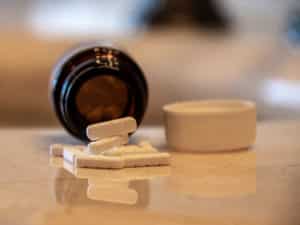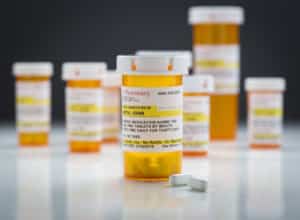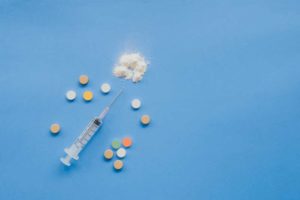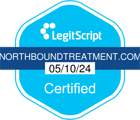Those who are following the growing prescription drug and heroin epidemics are familiar with the life-saving injectable drug known as naloxone. For a few years now (specifically more recently), first responders such as firefighters, paramedics and police officers have been equipped with injectable naloxone to utilize in the field.
Naloxone works by reversing the effects of an opioid overdose, helping save the lives of those who are on the brink of death by overdose. In The United States alone, we have seen great success with the use of this drug, as it has already saved thousands of people’s lives.
Now, the World Health Organization (WHO) is publically supporting the use of and the general availability of naloxone on a more widespread level. They report that 20,000 deaths can be avoided each year if The United States made naloxone more accessible to the general public. One reason why this has not already occurred is because naloxone is often injected, however an intranasal version of the opioid reversing drug is both easy to use and just as effective.
According to WHO expert Nicolas Clark, “If opioids are easily available in people’s bathroom cabinets, it might make sense for naloxone to be equally available.”
He went on to add that, “We (WHO) are happy to recommend the intranasal approach as an effective approach. Naloxone is cheap, but it’s limited really to emergency departments and some ambulance departments,” he stated.
Back in 2011, the Centers for Disease Control (CDC) declared that The United States was facing a prescription drug epidemic. In more recent years, not only have we seen the rates of prescription drug abuse soar, but we have also seen this epidemic quickly morph into a heroin epidemic of massive proportions.
Therefore, making a drug such as naloxone readily available could work to prevent many of the thousands of opioid-related deaths seen within The United States alone – never mind in other countries.
For example, Scotland has implemented a program where the public is able to access naloxone. Between 2006 and 2010, there was a 9.8% reduction in overdose deaths amongst recently released prison inmates – a population frequently suffering from overdoses in that part of the world.
By following the lead of Scotland, as well as heeding the advice of the World Health Organization, The United States can begin to work towards reducing the amount of opioid overdose deaths each year, and hopefully reduce the growing numbers of opioid users nationwide.
Author
-

President, CEO & Founder at Northbound Treatment Network
Paul Alexander is the CEO, President & Founder of Northbound Treatment Network in Newport Beach, California. He believes wholeheartedly in transformational leadership, organizational health and effective, fully integrated substance use disorder and mental health treatment. With over 27 years of experience in behavioral healthcare, Paul has extensive knowledge of “in vivo” treatment modalities, clinical development, operations, strategy, marketing and financial planning. He has been widely recognized for his development of collegiate-based residential treatment programs for students in recovery and authored a research study at The University of California confirming this modality’s effectiveness.
Paul’s comprehensive professional experience, willingness to innovate, and emphasis on organizational health are vital factors in Northbound’s continued success. Paul received his Certified Addiction Treatment Specialist training at Saddleback College in Mission Viejo, CA, and was awarded Outstanding Alumni Service Award in 2002. Paul holds a Bachelor of Arts degree in Criminology, Law and Society, Summa Cum Laude, from University of California, Irvine, and a Juris Doctorate degree from Loyola Law School of Los Angeles. Paul currently serves on The National Association of Addiction Treatment Providers (NAATP) board. In addition, he serves on The Family Recovery Foundation board and The CarePossible board in Orange County; both organizations are committed to raising funds for family recovery and treatment for former military personnel. Paul is in recovery himself and lives in Orange County with his wife Silvana and his two young sons, Noah and Dean.










